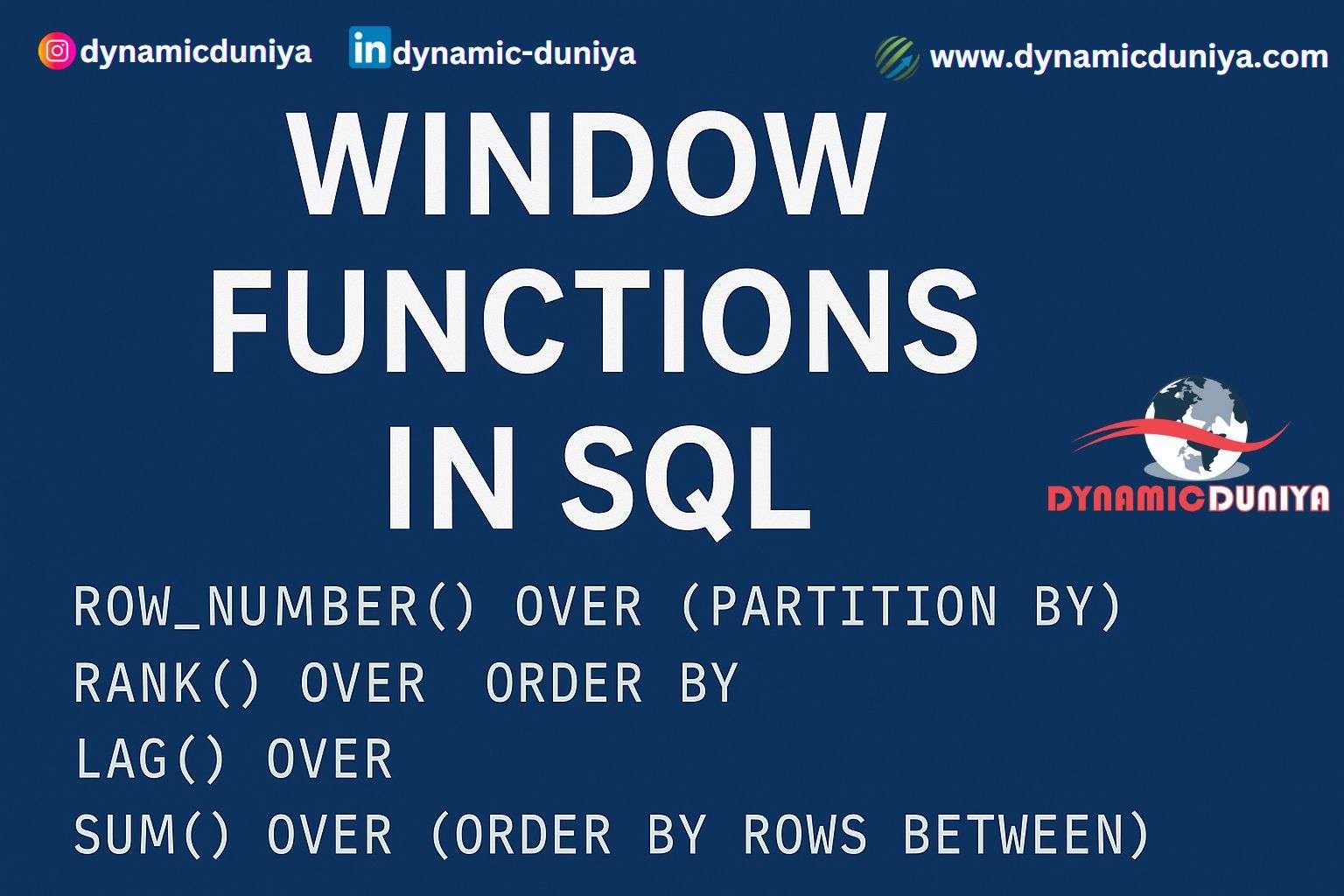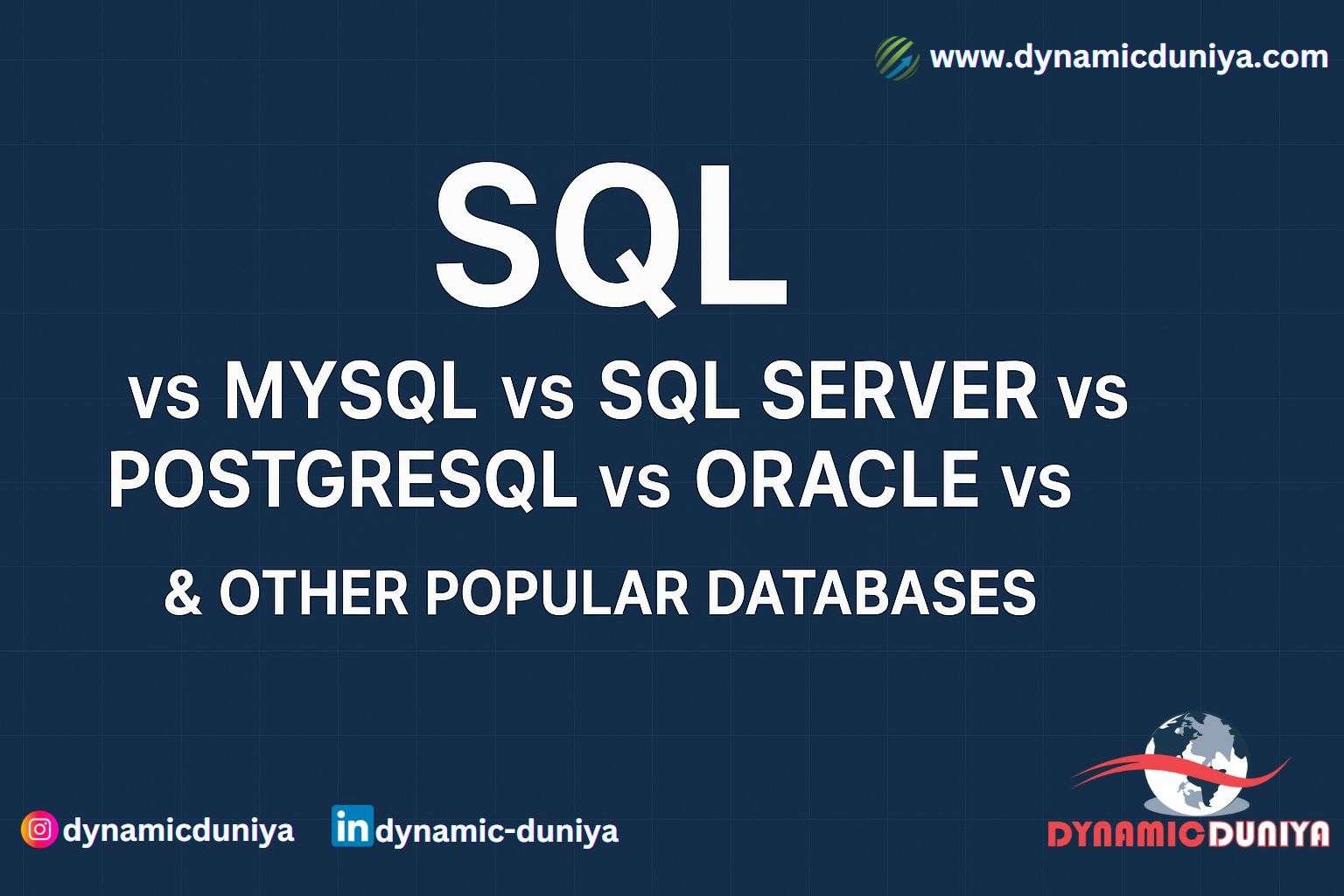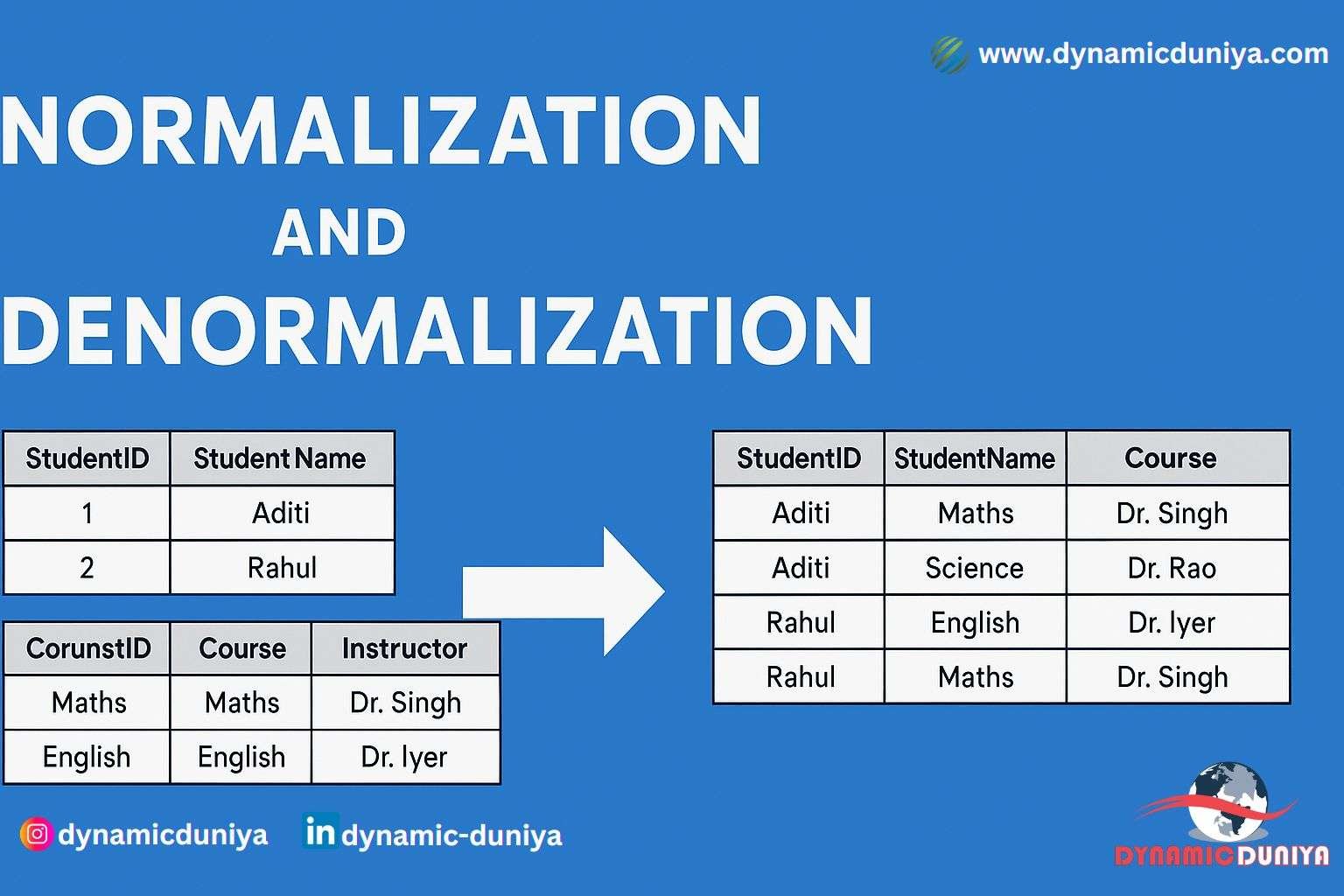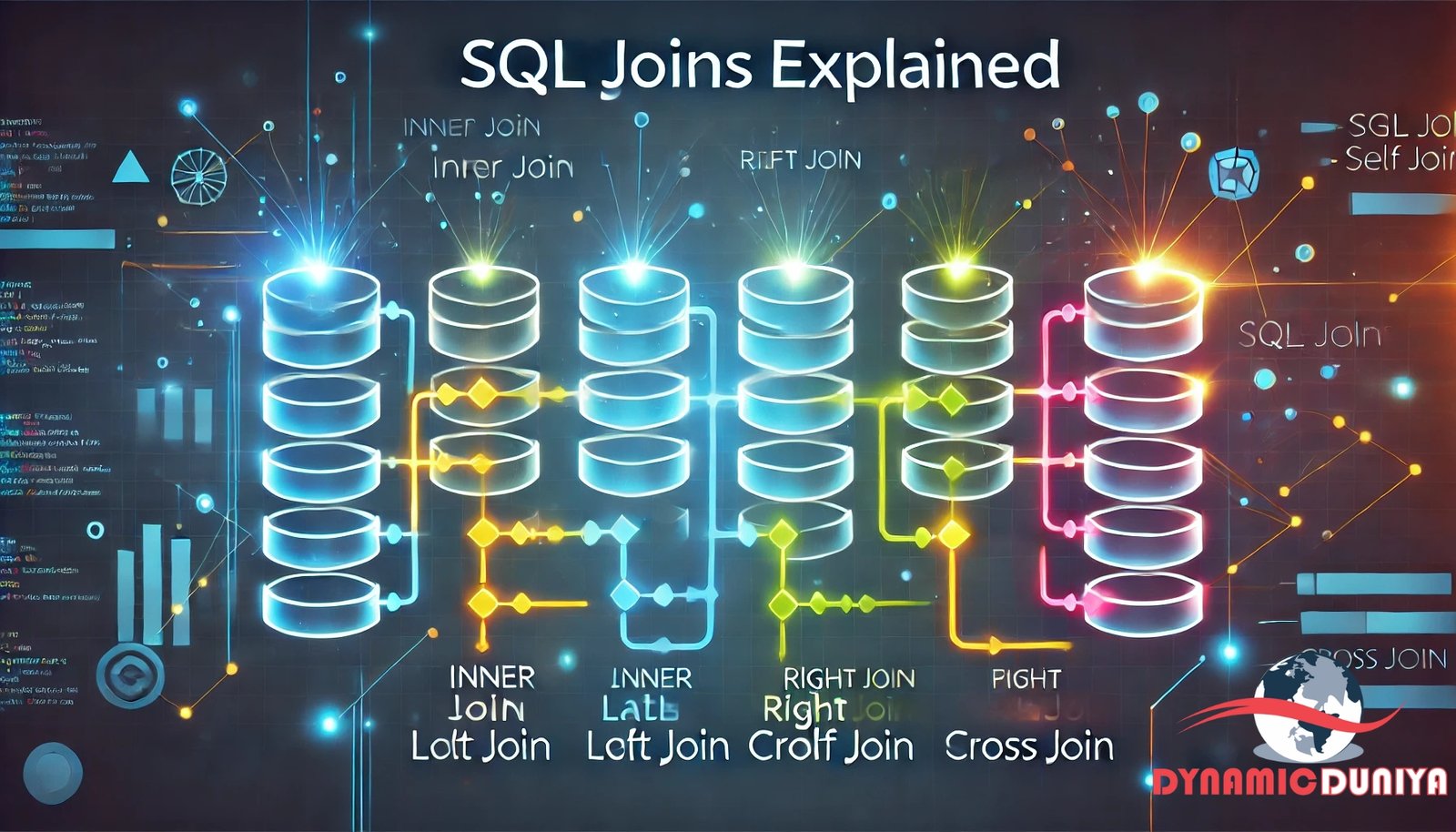What to Do When Your MySQL Table Grows Too Wide
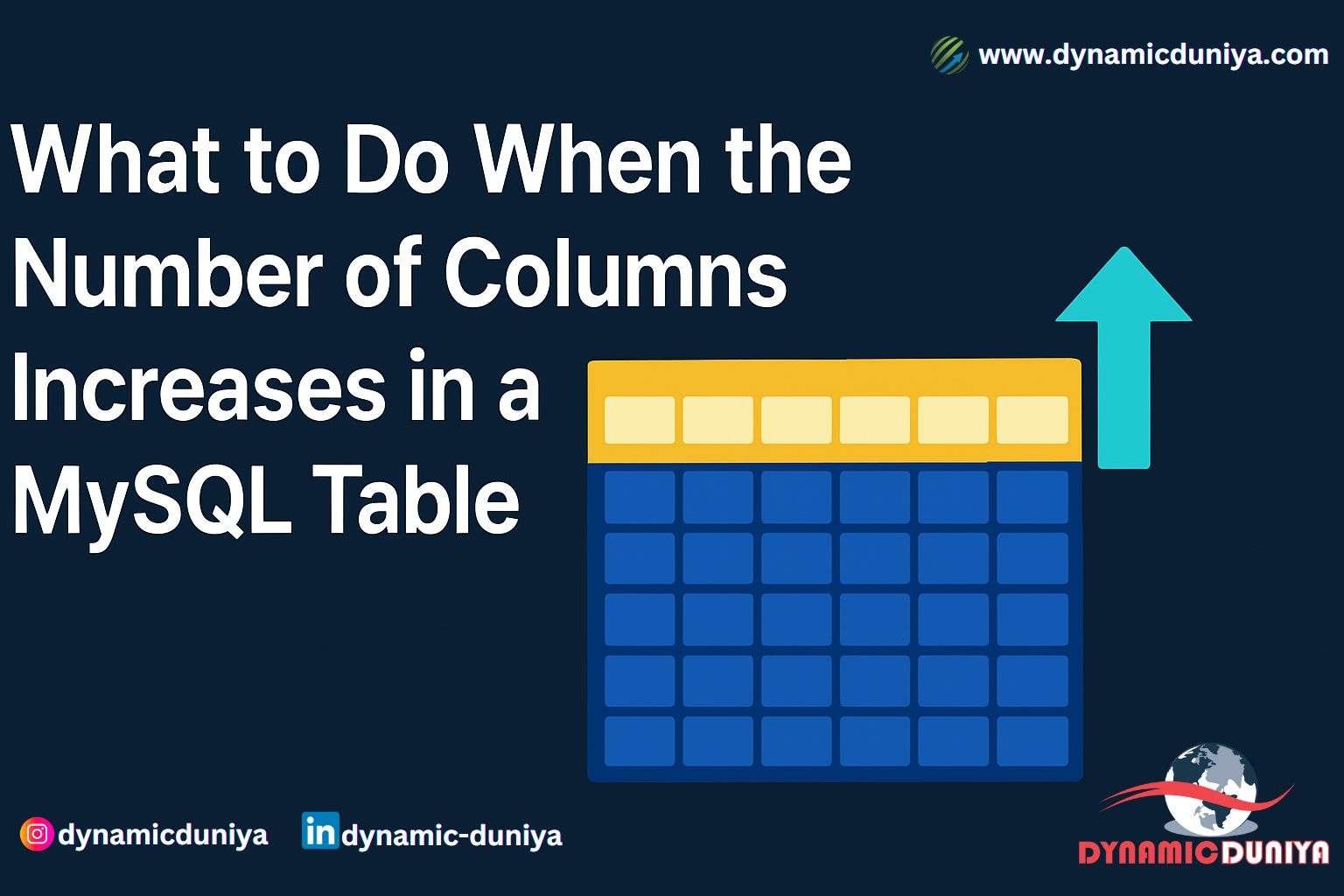
Maintaining a table with hundreds—or even thousands—of columns can quickly become unmanageable. MySQL imposes hard limits on column counts and row sizes, leading to errors like ERROR 1117 (HY000): Too many columns or failed ALTER TABLE operations. Below, we explain key concepts and walk through five strategies to keep your schema healthy and performant.
Key Concepts Explained
- Hard Limit: The absolute maximum number of columns MySQL’s storage engine supports (e.g., 1017 for InnoDB, 2599 for MyISAM).
- Practical Limit: A more realistic ceiling based on metadata, row-size, and engine quirks (often 60–80% of the hard limit).
- Row-Size Limit: MySQL restricts each row to 65,535 bytes. Exceeding this causes table creation or alteration to fail.
- Dynamic vs. Fixed Row Format: Formats like Dynamic allow off-row storage of
TEXT/BLOB, reducing in-row size; Fixed stores full payload in the row. - Vertical Partitioning: Splitting one wide table into multiple narrower tables linked by a foreign key (
id). - EAV (Entity-Attribute-Value): A generic schema model storing attributes as rows (
key,value) rather than columns. - JSON Column: A flexible, single column that holds a JSON object, allowing dynamic fields with optional indexing via generated columns.
1. Optimize Column Types in InnoDB
Goal: Squeeze your schema under InnoDB’s 1017-column hard limit (practical: ~600–1000).
- Use Small Numeric Types: Replace
INTwithSMALLINTorTINYINTfor flags and counters. - Convert TEXT/VARCHAR: If a string is always length ≤10, use
CHAR(10)or even a fixed-lengthBINARYfield. - Combine Booleans: Pack up to 64 boolean flags into a single
SETtype (8 bytes) instead of separateTINYINT(1)columns. - Scale Decimals: Convert
DECIMAL(10,2)into an integer by multiplying by 100 (e.g., store1234for$12.34).
Tip: Run
SELECT JSON_PRETTY(information_schema.COLUMNS) …to review column definitions and size attributes quickly.
Pros: Full ACID, foreign key support, crash-safe.
Cons: Diminishing returns; expect ~800–1000 max columns after optimization.
2. Switch to MyISAM
Goal: Use MyISAM’s 2599-column hard limit (practical: ~1400–1600).
- Engine Swap:
ALTER TABLE your_table ENGINE=MyISAM; - TEXT/BLOB Pointers: Offload large fields into
TEXTso only 4-byte pointers remain in-row. - Monitor: Test adding columns via
ALTER TABLE ADD COLUMNuntil you hit the limit.
Keyword: Dynamic Row Format — MyISAM’s
Dynamicformat stores variable-length payloads off-row, reducing in-row footprint.
Pros: More columns; simple file-based storage.
Cons: No transactions, table locks, manual crash recovery, no foreign keys.
3. Vertical Partitioning: Separate Tables
Goal: Break a monster table into logical chunks.
CREATE TABLE entity_core (
id INT PRIMARY KEY,
core1 … coreN
);
CREATE TABLE entity_ext1 (
id INT PRIMARY KEY,
extA … extZ,
INDEX(id)
);
-- JOIN on id when querying across partsWhy it works: Each subtable stays well under column & row-size limits.
Pros: Better organization, feature-based grouping, fewer column headaches.
Cons: More joins, schema management overhead.
4. Hybrid JSON Column for Sparse Data
Goal: Keep hot (frequently queried) fields as native columns; offload cold or sparsely used fields into one JSON column.
CREATE TABLE records (
id INT PRIMARY KEY,
name VARCHAR(100),
created_at DATETIME,
data JSON,
INDEX((CAST(data->>'$.status' AS CHAR(10))))
);- Keyword: Generated Columns — Define virtual or stored columns that extract JSON keys for indexing.
Pros: Lean core schema, flexible attributes, modern indexing capabilities.
Cons: JSON parsing overhead, complexity in writing queries.
5. EAV (Entity-Attribute-Value)
Goal: Represent each field as a row in a key-value store.
CREATE TABLE entity_attributes (
entity_id INT,
attr_key VARCHAR(64),
attr_value TEXT,
PRIMARY KEY (entity_id, attr_key)
);- Keyword: Sparse Data Model — Ideal when entities have vastly different attribute sets.
Pros: Unlimited attributes, dynamic schema.
Cons: Complex SQL for pivoting, slow attribute-wide scans.
Choosing the Right Approach
| Scenario | Strategy |
|---|---|
| Need ACID + FKs | InnoDB + column optimization |
| Need max columns, plain speed | MyISAM |
| Data is sparse or modular | JSON hybrid |
| Highly dynamic attributes per row | EAV model |
| Moderate columns + relational integrity | Vertical partitioning |
Final Advice: Analyze your query patterns and growth projections. A schema that brute-forces 2500+ columns usually backfires—choose a sustainable model from the start.
Random Blogs
- Data Analytics: The Power of Data-Driven Decision Making
- How AI Companies Are Making Humans Fools and Exploiting Their Data
- The Ultimate Guide to Artificial Intelligence (AI) for Beginners
- Quantum AI – The Future of AI Powered by Quantum Computing
- How Multimodal Generative AI Will Change Content Creation Forever
- 10 Awesome Data Science Blogs To Check Out
- Top 10 Knowledge for Machine Learning & Data Science Students
- AI Agents: The Future of Automation, Work, and Opportunities in 2025
- Understanding AI, ML, Data Science, and More: A Beginner's Guide to Choosing Your Career Path
- Mastering Python in 2025: A Complete Roadmap for Beginners
Prepare for Interview
- JavaScript Interview Questions for 5+ Years Experience
- JavaScript Interview Questions for 2–5 Years Experience
- JavaScript Interview Questions for 1–2 Years Experience
- JavaScript Interview Questions for 0–1 Year Experience
- JavaScript Interview Questions For Fresher
- SQL Interview Questions for 5+ Years Experience
- SQL Interview Questions for 2–5 Years Experience
- SQL Interview Questions for 1–2 Years Experience
- SQL Interview Questions for 0–1 Year Experience
- SQL Interview Questions for Freshers
- Design Patterns in Python
Datasets for Machine Learning
- Awesome-ChatGPT-Prompts
- Amazon Product Reviews Dataset
- Ozone Level Detection Dataset
- Bank Transaction Fraud Detection
- YouTube Trending Video Dataset (updated daily)
- Covid-19 Case Surveillance Public Use Dataset
- US Election 2020
- Forest Fires Dataset
- Mobile Robots Dataset
- Safety Helmet Detection
- All Space Missions from 1957
- OSIC Pulmonary Fibrosis Progression Dataset
- Wine Quality Dataset
- Google Audio Dataset
- Iris flower dataset
- Artificial Characters Dataset
- Bitcoin Heist Ransomware Address Dataset

